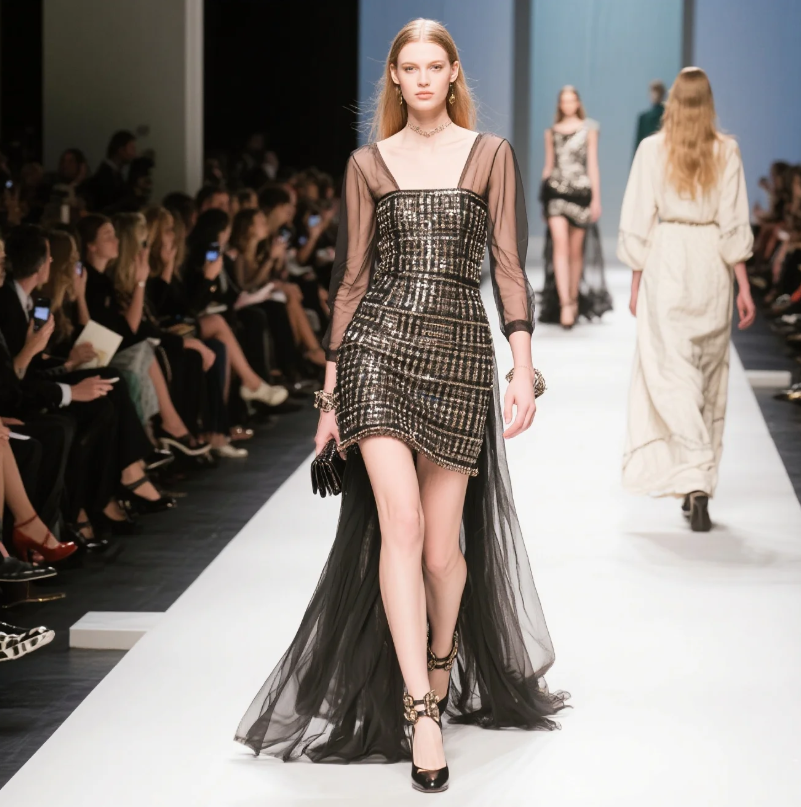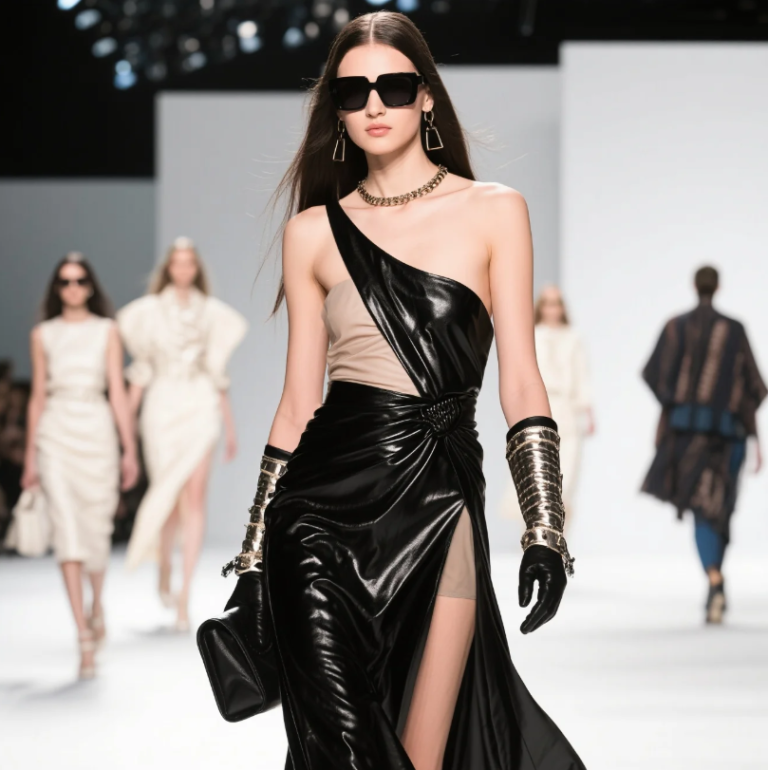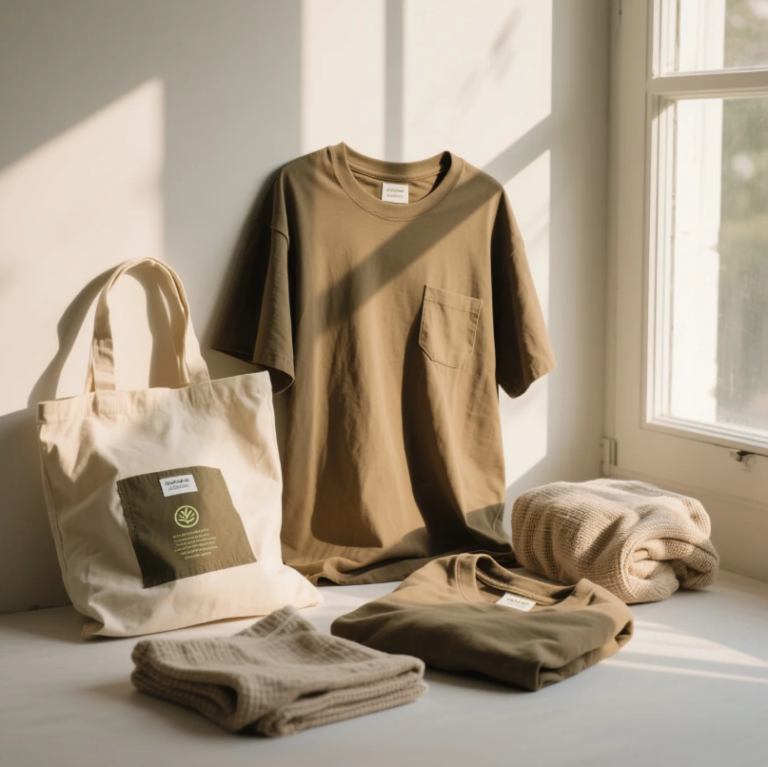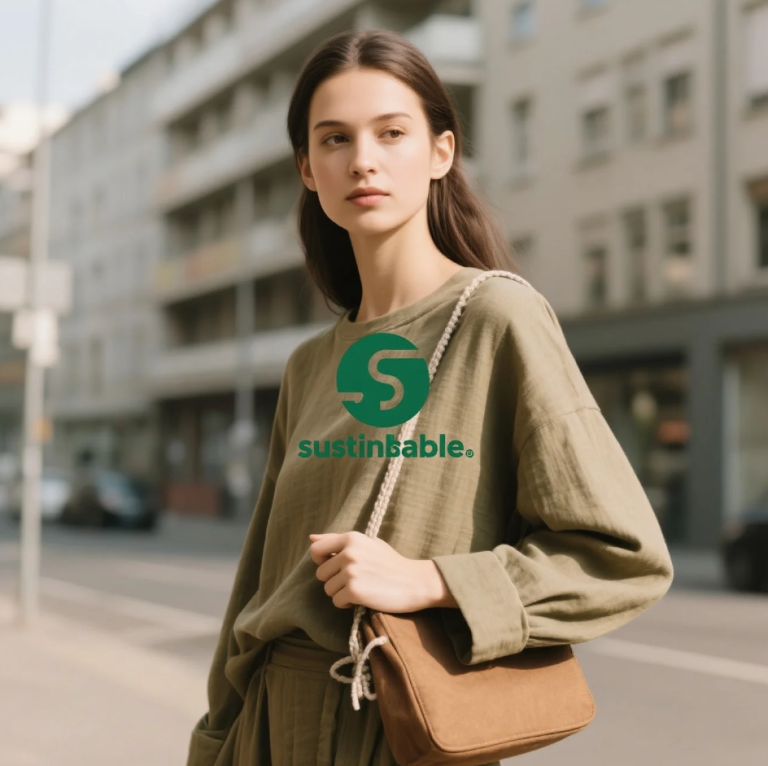
Once upon a time in fashion land, clothing was cherished. A pair of jeans could last a decade, and mending a hole was a rite of passage. Then came the era of fast fashion: cheap, trendy, and disposable. We swapped quality for quantity, closets for landfills, and craftsmanship for carbon footprints. But fashion, like any good drama queen, loves a comeback — and this one is starring circular fashion brands.
Welcome to the grand rebirth. Spoiler alert: it’s fabulous, it’s ethical, and it might just save the planet. 🌍
Fashion’s Midlife Crisis (And How It Got Here)
Let’s not sugarcoat it. The fashion industry has been having a long, reckless affair with waste. It’s the third most polluting industry globally, pumping out over 100 billion garments a year, many of which end up in landfills faster than you can say “new season drop.”
Fast fashion encouraged us to buy more and care less. Wear it once, toss it, repeat. It wasn’t just unsustainable — it was unsentimental. Somewhere along the line, we stopped asking how our clothes were made and started asking how many likes our #OOTD would get.
Cue the circular fashion revolution — fashion’s way of going to therapy, breaking toxic habits, and emerging with a glow-up.
So, What Exactly Is Circular Fashion?
Circular fashion is the opposite of fast fashion’s reckless abandon. It’s all about creating a closed-loop system where nothing gets wasted. Imagine a world where your shirt doesn’t end up in a landfill but becomes someone else’s stylish tote bag or gets rewoven into a new shirt altogether.
In circular fashion, materials are designed to be reused, repaired, remade, and — when they’ve had a good run — recycled into new garments. It’s fashion with a plan. Or as the cool kids call it, regenerative style.
Circularity: It’s Not Just a Buzzword
Sure, every brand wants to slap “eco-friendly” on their label these days. But circular fashion isn’t just a trend — it’s an entirely new business model.
Circular brands don’t just sell products. They build ecosystems. This includes:
- Designing for durability and recyclability
- Creating take-back or resale programs
- Using biodegradable or endlessly recyclable materials
- Offering repair services and guidance
Think of it as the fashion world’s version of zero-waste cooking: nothing gets thrown away, and everything gets reimagined.
The Trailblazers of the Loop
Let’s talk names, shall we?
Patagonia
An OG in the sustainability scene. They don’t just make jackets; they make forever jackets. Their Worn Wear program lets customers trade in old gear, which is then repaired, resold, or repurposed. The result? A cult following and a closet that actually cares.
Eileen Fisher
High fashion with high principles. The brand has a take-back program that turns worn garments into new designs, fabrics, or art pieces. Yes, your tired sweater might become a gallery item. Couture meets compost.
The R Collective
This brand rescues luxury fashion waste — leftover fabrics from big fashion houses — and turns them into stunning, limited-edition pieces. It’s like Project Runway meets Greenpeace.
For Days
Their entire business model is circular. Buy a tee, wear it out, send it back, and get credit toward your next purchase. The old shirt? Recycled into a brand-new one. Fashion reincarnation at its finest.
Secondhand Is Having a First-Class Moment
Circular fashion isn’t just about brands — it’s about behavior. The rise of resale platforms like ThredUp, The RealReal, and Vestiaire Collective is changing how we think about ownership. Clothes are no longer just things we buy; they’re things we pass along.
Buying secondhand is no longer the thrifty stepchild of fashion. It’s glamorous, smart, and yes — even a little smug. Every time you buy pre-loved Prada, you’re basically giving capitalism a well-manicured middle finger. 😎
Repair, Remix, Repeat
Once upon a time, knowing how to sew was grandma stuff. Now? It’s hot. DIY repair kits, visible mending, and hand-stitched embellishments are taking over Pinterest and Instagram. We’re not just fixing holes; we’re turning flaws into features.
Mending is now an art form, and your patched-up denim jacket is more street style than survival mode. This shift in mindset — from disposable to durable — is the heartbeat of circular fashion.
Tech Meets Textiles: Innovation in the Loop
Let’s get geeky for a second. Circular fashion is also riding the tech wave. From AI that predicts customer returns (so brands can produce less waste) to fabric recycling that breaks down old clothes into virgin-quality fibers, the future is now.
Companies like Evrnu and Renewcell are developing technology that can transform old garments into new fabrics without degrading quality. Picture this: your favorite T-shirt, reborn as your future hoodie. It’s like the butterfly effect, but make it fashion.
Challenges? Oh, Plenty. But the Vibe Is Strong
No revolution is without its roadblocks. Circular fashion faces some major hurdles:
- Complex recycling systems
- High production costs
- Lack of scalable infrastructure
- Consumer education (or the lack thereof)
But here’s the thing: momentum is building. Consumers are becoming more informed. Governments are slowly introducing regulations. Investors are finally realizing that profit and planet aren’t mutually exclusive.
And Gen Z? They’re not just talking about it — they’re demanding it.
Fast Fashion, Meet Your Fabulous Replacement
Circular fashion isn’t about slowing down fashion. It’s about smartening it up. It challenges the idea that new equals better, and it invites us to be part of a story that lasts longer than a weekend wardrobe refresh.
What we’re witnessing is a cultural shift. A reinvention. Fashion is waking up, wiping off the glitter of overconsumption, and putting on its grown-up pants (made from recycled polyester, of course).
Forever Is In
Circular brands aren’t just selling clothes. They’re rewriting the rules. They’re proving that fashion can be fun, fabulous, and fundamentally responsible.
So next time you’re tempted by a $5 tank top that smells suspiciously like petrochemicals and poor decisions, pause. Ask yourself: is it fast, or is it forever?
Because in the rebirth of fashion, forever looks really, really good. 👗♻️



